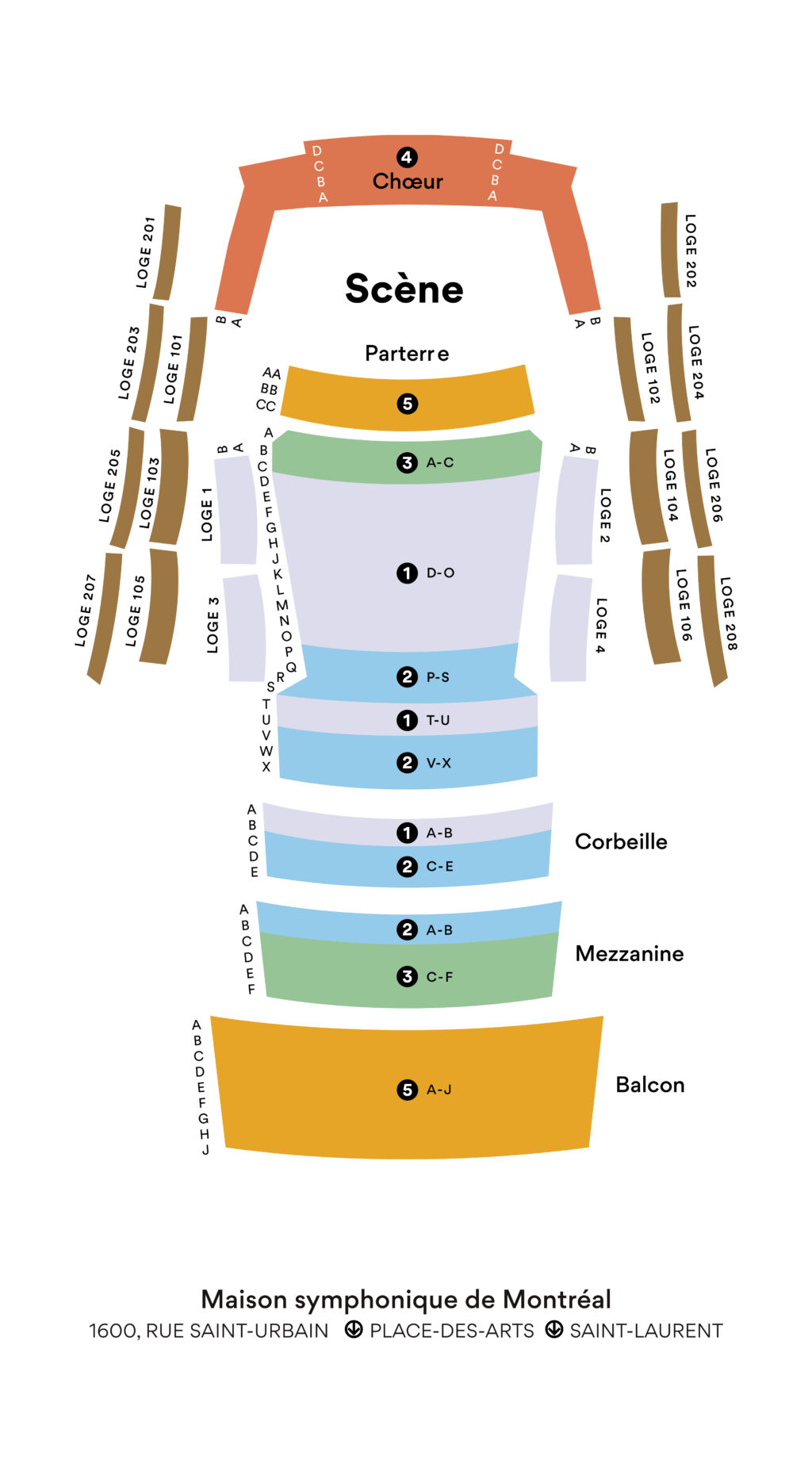Symphony No. 2
Sibelius
1865 – 1957
Premiered in 1902, one year after Rachmaninoff’s concerto, Sibelius’s Symphony No. 2 was quick to become associated with Finland’s independence movement. At the time, the country was part of the Russian Empire as the Grand Duchy of Finland. Just two years prior, at the 1900 Paris Exposition, Sibelius performed Finlandia, the famous symphonic poem strongly tied to the nationalist movement amid the Tsarist repression of Finnish culture.
While many of Sibelius’s works had a clear patriotic message, the motivations behind the composition of the second symphony are still unknown. Written shortly after his daughter Kirsti died of typhus, the composer said that the piece was “a confession of the soul.” Therefore, it’s possible that the work was more personal. But like all of Sibelius’s compositions, the piece immediately transports the listener to the Finnish countryside from the opening notes.
Sibelius was able to complete the symphony thanks to the help and encouragement of a trusted supporter, Baron Axel Carpelan. He firmly believed in the Finnish composer’s future and the power of his music. Although the baron was penniless, he secretly promoted Sibelius’s work to a donor, who funded the composer’s trip to Italy, where he could hone his craft and find inspiration. He began writing the symphony in Italy and completed it upon his return to Finland. The piece was dedicated to his loyal patron, Baron Carpelan.
The first movement opens with a repeated ascending motif, creating the effect of symphonic expansion and serving as the foundation for a theme developed throughout the symphony.
The second movement starts on tiptoes, with pizzicato in the cellos and a melancholic theme resonating from the bassoons. The music slowly takes a dramatic turn, creating a sense of urgency and gravity through clamour in the brass and timpani.
The third movement is tense and fast, with a slower lyrical oboe solo in the middle. It leads into the fourth movement without interruption, where the orchestra’s sound swells in the style of Tchaikovsky.
This is the culmination of the ascending theme, which was in its early stages in the first movement. The intensity comes down in an instant, with echoes of melodic fragments from earlier in the piece, before gradually reemerging to reach passionate new heights. The music swells and surges like waves up to the grand finale.
